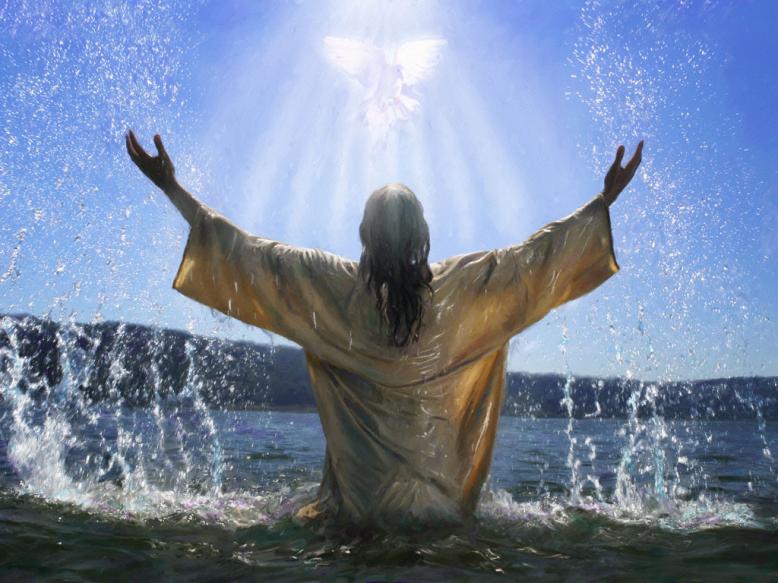Stamp: St. George the Victorious overprinted "HH 50r." on 10k. (Armenia 1921)
St. George the Victorious overprinted "HH 50r." on 10k. (Armenia 1921)
01 January (Armenia ) within release Russian semi-postal overprinted "HH" and new value goes into circulation Stamp St. George the Victorious overprinted "HH 50r." on 10k. face value 50 Armenian ruble
| Stamp St. George the Victorious overprinted "HH 50r." on 10k. in catalogues | |
|---|---|
| Stamp Number: | Sn: AM 263 |
| Unificato: | Un: AM 101V |
Stamp is vertical format.
Also in the issue Russian semi-postal overprinted "HH" and new value:
- Stamp - Bogatyr Ilya Muromets overprinted "HH 100r." on 1k. face value 100;
- Stamp - Bogatyr Ilya Muromets overprinted "HH 100r." on 1k. face value 100;
- Stamp - Bogatyr Ilya Muromets overprinted "HH 25r." on 1k. face value 25;
- Stamp - Bogatyr Ilya Muromets overprinted "HH 25r." on 1k. face value 25;
- Stamp - Don Cossack overprinted "HH 100r." on 3k. face value 100;
- Stamp - Don Cossack overprinted "HH 25r." on 3k. face value 25;
- Stamp - Don Cossack overprinted "HH 25r." on 3k. face value 25;
- Stamp - Mother Russia with orphans overprinted "HH 100r." on 7k. face value 100;
- Stamp - Mother Russia with orphans overprinted "HH 50r." on 7k. face value 50;
- Stamp - St. George the Victorious overprinted "HH 100r." on 10k. face value 100;
- Stamp - St. George the Victorious overprinted "HH 50r." on 10k. face value 50;
Stamp St. George the Victorious overprinted "HH 50r." on 10k. it reflects the thematic directions:
Goliath (/ɡəˈlaɪəθ/ gə-LY-əth) was a Philistine giant in the Book of Samuel. Descriptions of Goliath's immense stature vary among biblical sources, with texts describing him as either 6 ft 9 in (2.06 m) or 9 ft 9 in (2.97 m) tall. According to the text, Goliath issued a challenge to the Israelites, daring them to send forth a champion to engage him in single combat; he was ultimately defeated by the young shepherd David, employing a sling and stone as a weapon. The narrative signified King Saul's unfitness to rule, as Saul himself should have fought for the Kingdom of Israel
help, especially in the form of money, given freely to people who are in need, for example because they are ill, poor, or have no home, and organizations that provide this help: She does a lot of work for charity.
A Christian is a person who follows or adheres to Christianity, a monotheistic Abrahamic religion based on the life and teachings of Jesus Christ. Christians form the largest religious community in the world. The words Christ and Christian derive from the Koine Greek title Christós (Χριστός), a translation of the Biblical Hebrew term mashiach (מָשִׁיחַ) (usually rendered as messiah in English). While there are diverse interpretations of Christianity which sometimes conflict, they are united in believing that Jesus has a unique significance. The term Christian used as an adjective is descriptive of anything associated with Christianity or Christian churches, or in a proverbial sense "all that is noble, and good, and Christ-like." It does not have a meaning of 'of Christ' or 'related or pertaining to Christ'.
A dragon is a magical legendary creature that appears in the folklore of multiple cultures worldwide. Beliefs about dragons vary considerably through regions, but dragons in Western cultures since the High Middle Ages have often been depicted as winged, horned, and capable of breathing fire. Dragons in eastern cultures are usually depicted as wingless, four-legged, serpentine creatures with above-average intelligence. Commonalities between dragons' traits are often a hybridization of feline, reptilian, mammalian, and avian features. Some scholars believe large extinct or migrating crocodiles bear the closest resemblance, especially when encountered in forested or swampy areas, and are most likely the template of modern Asian dragon imagery
The horse (Equus ferus caballus) is one of two extant subspecies of Equus ferus. It is an odd-toed ungulate mammal belonging to the taxonomic family Equidae. The horse has evolved over the past 45 to 55 million years from a small multi-toed creature, Eohippus, into the large, single-toed animal of today. Humans began to domesticate horses around 4000 BC, and their domestication is believed to have been widespread by 3000 BC. Horses in the subspecies caballus are domesticated, although some domesticated populations live in the wild as feral horses. These feral populations are not true wild horses, as this term is used to describe horses that have never been domesticated, such as the endangered Przewalski's horse, a separate subspecies, and the only remaining true wild horse. There is an extensive, specialized vocabulary used to describe equine-related concepts, covering everything from anatomy to life stages, size, colors, markings, breeds, locomotion, and behavior.
n Christian belief, a saint is a person who is recognized as having an exceptional degree of holiness, likeness, or closeness to God. However, the use of the term saint depends on the context and denomination. In Catholic, Eastern Orthodox, Anglican, Oriental Orthodox, and Lutheran doctrine, all of their faithful deceased in Heaven are considered to be saints, but a selected few are considered worthy of greater honor or emulation. Official ecclesiastical recognition, and veneration, is conferred on some denominational saints through the process of canonization in the Catholic Church or glorification in the Eastern Orthodox Church after their approval.In many Protestant denominations saint refers broadly to any holy Christian, without special recognition or selection.






